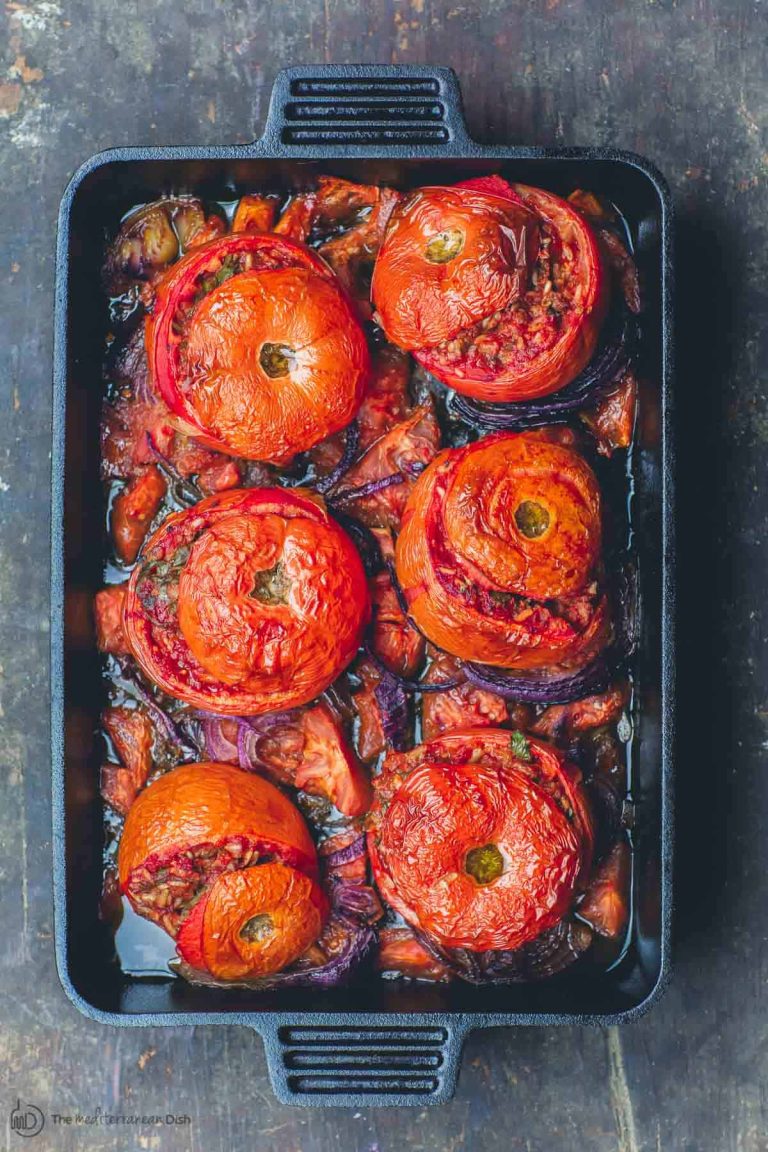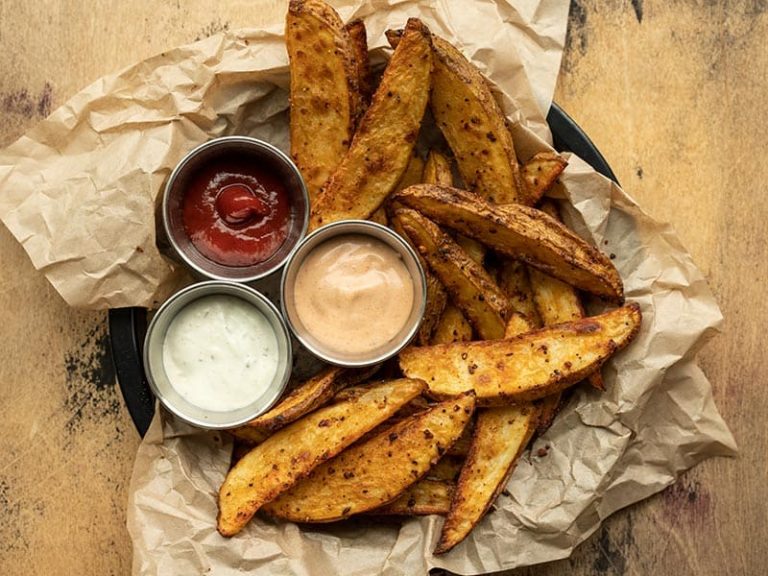Corn Dogs Recipe
Corn dogs originated in the early 20th century, combining hot dogs with cornmeal batter. Many credit their invention to German immigrants who introduced the concept of sausages coated in batter. They sought an easy way to adapt German sausages to American palates.
In the 1940s, several vendors claimed to have created the first corn dog. The Fletcher brothers popularized their version at the Texas State Fair in 1942. They called it the “Corny Dog.” Around the same time, other entrepreneurs patented similar recipes and devices.
Corn dogs continued to evolve, with variations like mini corn dogs and vegetarian options emerging over the decades. The basic recipe remained the same, but regional adaptations included different batters and sausages.
Popularity Across America
Corn dogs gained widespread popularity in the United States. They became a staple at state fairs and carnivals. Their convenience and flavor contributed to their enduring appeal.
By the 1950s, corn dogs were a common sight at diners and drive-ins. They also appeared in frozen form in grocery stores. Major brands like State Fair and Foster Farms began mass-producing corn dogs, making them accessible nationwide.
Today, corn dogs are synonymous with American fair food. They are often featured at sports events, amusement parks, and festivals. Their nostalgic appeal and simplicity ensure their place in American food culture.
Key Ingredients of Corn Dogs
The Role of Cornmeal
Cornmeal forms the essential base of corn dog batter. Derived from ground dried maize, cornmeal gives the batter its distinctive texture and flavor. Fine-grind and medium-grind cornmeal are common choices, as they provide a balanced texture that’s not overly coarse or too mushy. Cornmeal is rich in carbohydrates, making it ideal for a quick energy boost. Additionally, the cornmeal’s slight sweetness complements the savory flavor of the sausage, creating a balanced taste profile.
Types of Sausages Used
Variety exists in the sausages used for corn dogs. Traditional versions typically employ beef or pork hot dogs, offering a rich, meaty flavor. Some variants use turkey or chicken sausages for a lighter option. Vegetarian-friendly corn dogs use plant-based sausages made from soy or pea proteins, catering to diverse dietary preferences. Popular sausage brands for corn dogs include Oscar Mayer, Ball Park, and Field Roast, known for their quality and flavor consistency.
Making Corn Dogs at Home
Essential Equipment
Ensure you have the right tools for making corn dogs at home:
- Deep Fryer or Large Pot: A deep fryer or large pot for frying the corn dogs; aim for about 350°F for optimal frying.
- Skewers: Wooden or metal skewers for holding the hot dogs.
- Mixing Bowls: One for the dry ingredients and another for the wet ingredients.
- Whisk: Useful for mixing the batter.
- Tongs: For safely handling the hot dogs and corn dogs during frying.
- Paper Towels: For draining excess oil after frying.
These tools simplify the process, ensuring your corn dogs are cooked evenly and safely.
Step-by-Step Recipe
Follow this recipe to make delicious corn dogs at home:
- Prepare Ingredients: Gather 1 cup of cornmeal, 1 cup of all-purpose flour, 1/4 cup of sugar, 1 tablespoon of baking powder, 1 teaspoon of salt, 1 egg, 1 cup of milk, and 8 hot dogs or sausages of your choice.
- Combine Dry Ingredients: In a mixing bowl, whisk together cornmeal, flour, sugar, baking powder, and salt.
- Mix Wet Ingredients: In another bowl, beat the egg and milk until well combined.
- Create Batter: Gradually add the dry mixture to the wet mixture, stirring until a smooth batter forms.
- Skewer the Hot Dogs: Insert skewers into the hot dogs, leaving enough stick exposed to hold.
- Heat Oil: Preheat the deep fryer or large pot with oil to 350°F.
- Coat Hot Dogs: Dip each skewered hot dog into the batter, ensuring it’s evenly coated.
- Fry Corn Dogs: Carefully place the coated hot dogs into the hot oil, frying until golden brown, about 3-5 minutes.
- Drain and Serve: Use tongs to remove the corn dogs from the oil, placing them on paper towels to drain excess oil.
Serve your homemade corn dogs with ketchup, mustard, or your favorite dipping sauces.
Variations of Corn Dogs
Mini Corn Dogs
Mini corn dogs offer a smaller, bite-sized version of the traditional corn dog. These are easier to eat on the go, making them a popular choice at fairs and parties. You can make mini corn dogs by cutting regular hot dogs into thirds or using cocktail sausages, then following the same cornmeal battering and frying process. They often serve with dipping sauces like ketchup, mustard, or honey mustard, providing a convenient snack option.
Vegan and Gluten-Free Options
Corn dogs cater to different dietary needs with vegan and gluten-free options. Vegan corn dogs use plant-based sausages and a batter made without eggs or dairy. Common ingredients include soy, seitan, or tofu for the sausage. Gluten-free corn dogs swap regular flour with rice flour or a gluten-free flour mix to avoid gluten. When preparing these versions, ensure the batter binds well and the frying oil is free from cross-contamination.
Nutritional Information
Caloric Content
One standard corn dog, weighing approximately 150 grams, contains around 350 calories. This total mainly comes from the batter and the sausage within. For smaller options like mini corn dogs, expect 60-70 calories per piece. Including sides or condiments such as ketchup, mustard, or fries will increment the overall caloric intake.
Health Considerations
Corn dogs, despite their deliciousness, are typically high in fat and sodium. A single serving can have up to 20 grams of fat and 800 milligrams of sodium. These values vary based on the type of sausage and specific recipe. For those with dietary restrictions, choosing low-fat sausages or opting for vegan and gluten-free options may offer healthier alternatives. Alternatively, homemade versions allow for more control over ingredients, reducing unhealthy components.
Conclusion
Corn dogs have a rich history and remain a beloved treat for many. While they’re delicious, it’s essential to be mindful of their nutritional content. Opting for homemade versions can give you better control over ingredients, allowing you to enjoy this classic snack in a healthier way. Whether you’re using traditional sausages or exploring vegetarian options, making corn dogs at home can be both fun and rewarding. Enjoy the nostalgia and flavor without compromising on health.






